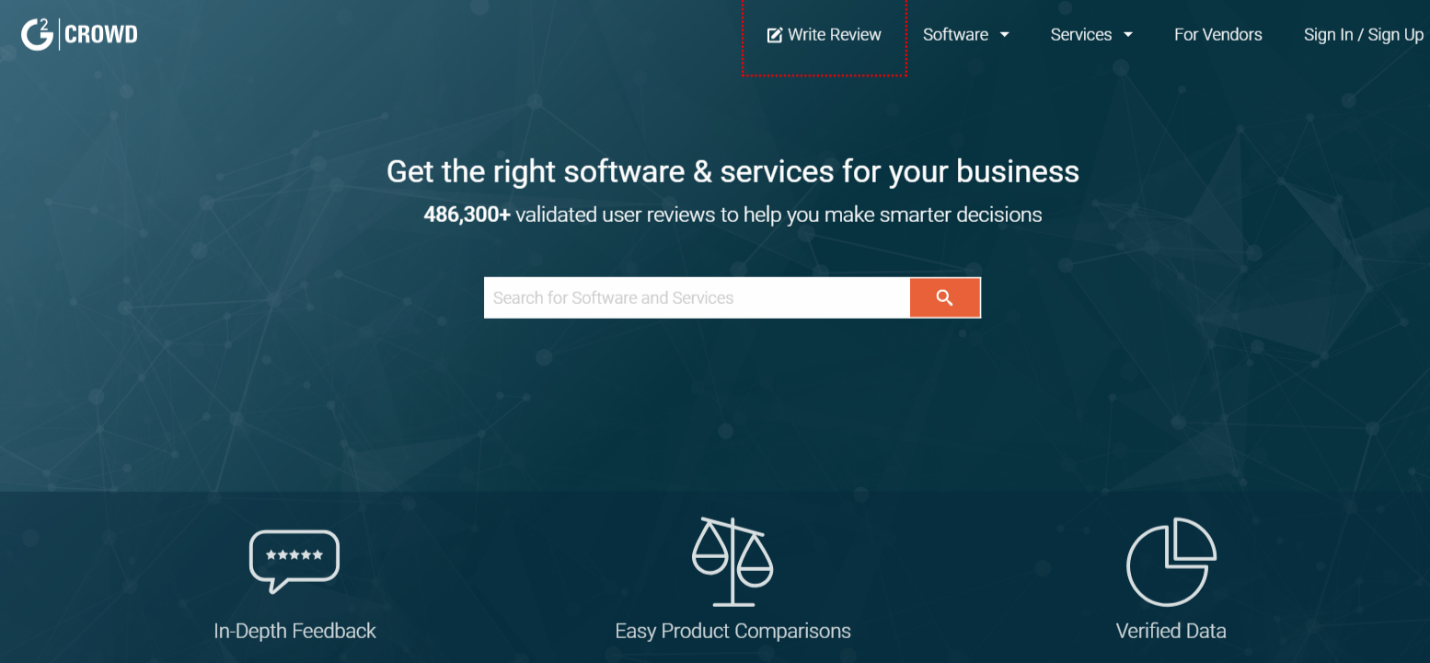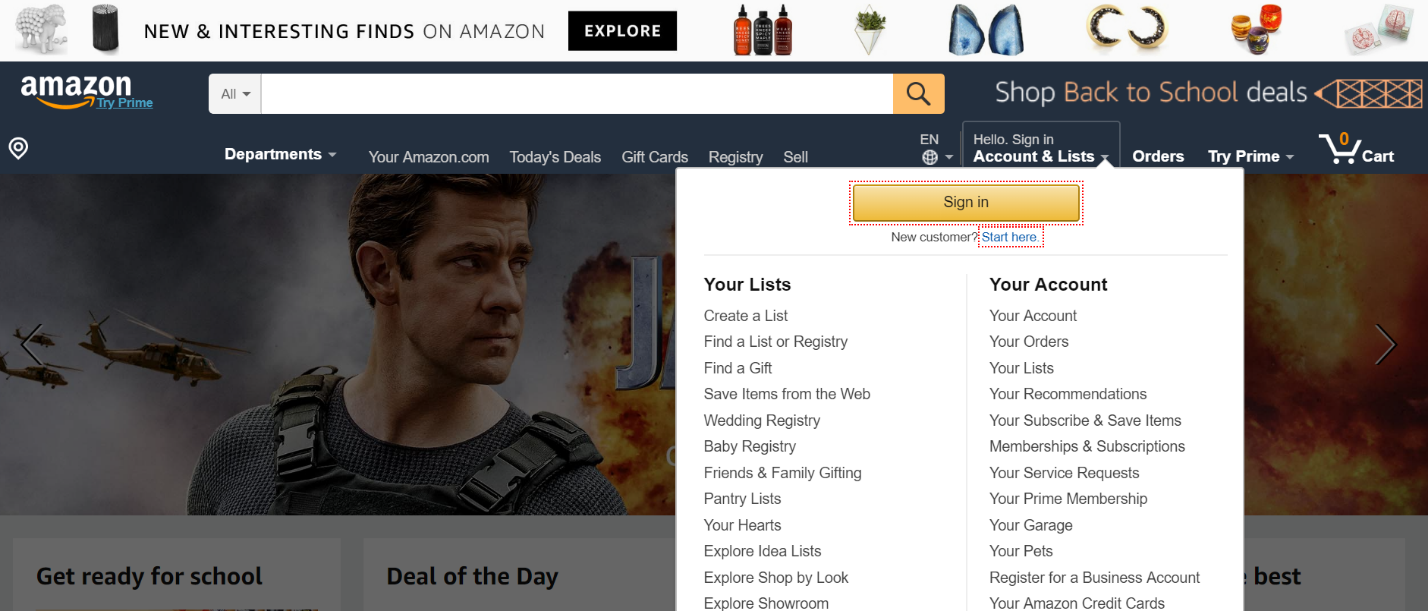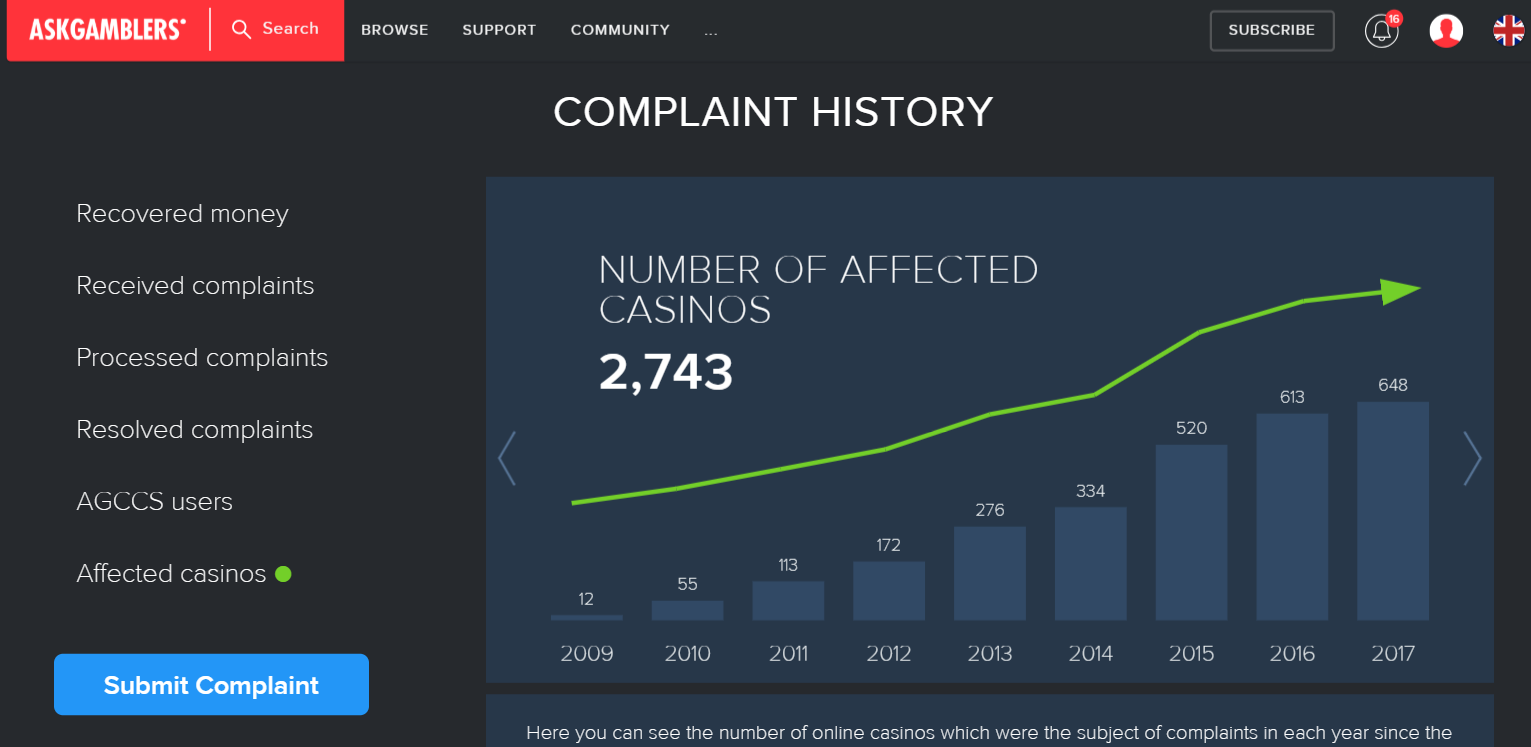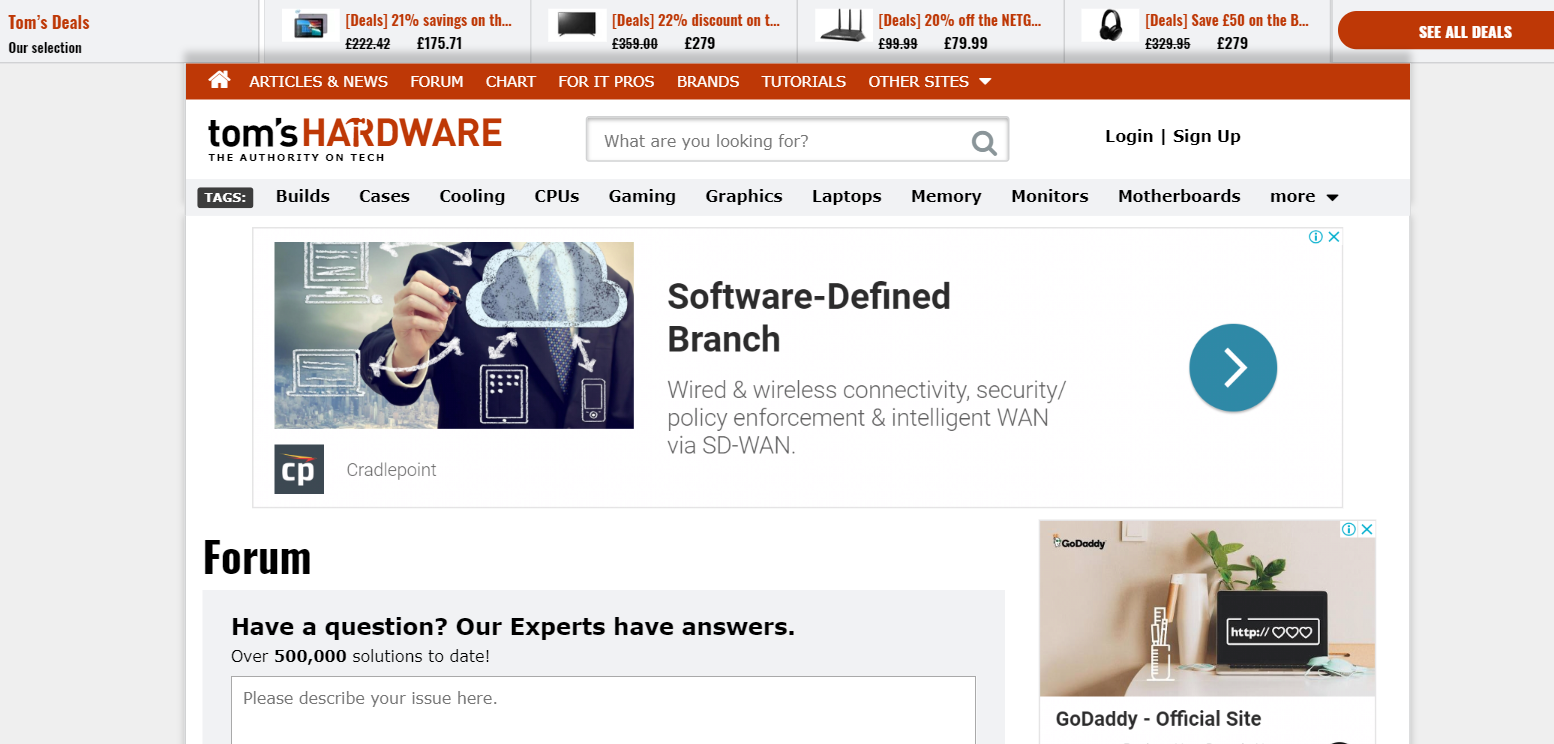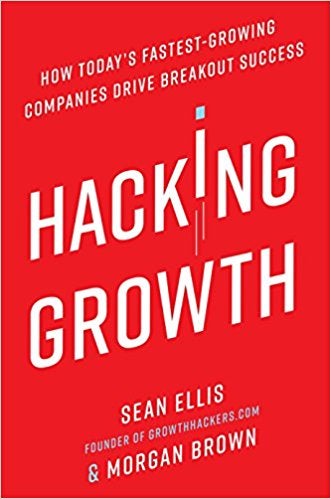[ad_1]
People think that email is dead. However, it’s not. In fact, it’s very much alive! By 2020, more than 3 billion people worldwide will be using email. That’s 3 billion potential customers you can reach via your email marketing software.
Every day people send billions of emails. This number is expected to grow to 246 billion by the end of 2019. In short, email is still powerful. Plus, it’s a great way to communicate with your customers.
One way to maximize email is to tie it in with an equally powerful platform—social media. There are around 2.46 billion users of social media worldwide. Even more are expected by the end of the year.
Making these platforms work hand-in-hand can make your marketing automation strategy even more powerful than it already is. Here are some ways you can do that.
RELATED ARTICLE: INBOX ZERO: MANAGE YOUR EMAIL INBOX EFFECTIVELY
1. Add Your Email List to Your Social Networks
Uploading your email list to your social networks helps you to understand the kind of customers you have. By putting a face to your current subscribers, you can create a deeper relationship with them. Relationships are important, especially between a business and its customers.
Another good thing you can draw from this exercise is that you can get a glimpse of your customers’ needs. Browse through their feeds. This will help you to understand what makes them tick or what they are looking for in certain products.
2. Show Social Profiles in Your Emails
One great way to integrate email marketing and social media is by showing in your email campaigns that you have active social media accounts. By dedicating a space for them, people will be aware of your business’s presence across different platforms.
Amp up your display by adding a short overview of your account beside each social media logo. In this way, people will know which platform they will prioritize in terms of following or which one they will check more often.
3. Embed Email Newsletter Signup Form on Your Facebook Page
Social media pages give your customers a mix and mash of readily available information. Give them a menu they can browse through depending on their needs.
Add a newsletter signup form on your page. This will encourage existing customers to sign up if they haven’t already. In this way, you will add more subscribers to your existing list. Check with your email marketing automation software to see if they offer this kind of service.
4. Promote Your Email Content on Social Media
Make your content diverse and flexible. That’s because another great way to maximize your resources is to syndicate your newsletters on different social media platforms. You can post on LinkedIn groups, Facebook groups, Twitter threads, and on other platforms as well. Why is this beneficial? You get to market your content to a different set of your audience on each of these platforms. This could then lead to new customers or subscribers to your email list, making them one step closer to converting them to your product.
Plus, you’ll save time in coming up with content. After all, you have the same message you want to deliver to each segment. This makes for a wise investment. At the same time, it’s a cost-efficient way to spread your presence over the digital space.
5. Create an Exclusive Social Community for Your Email Subscribers
Create an exclusive social community for your subscribers. This is a place where like-minded people can mingle, engage, and learn more about your business. In this way, you’ll have another avenue where you can build a more personal relationship with your customers.
Some great ways to keep it thriving are to:
- Create exclusive content for these communities
- Listen to their feedback about your business
This will give you a better understanding of how your current customers think and behave. Then use these insights to draft an even better strategy for promoting your business to your intended markets.
Wrapping Up
These are just a few tips for integrating social media with your email marketing.
Make your content work for you and don’t be afraid to explore options. For instance, you could embed a sign-up form on your social media pages.
Be creative so your customers and subscribers will actually engage with your content. Also, seek out an email marketing automation software that can help you seamlessly achieve your goals as quickly as possible.

Author Bio
Kimberly Maceda is a content writer for ActiveTrail. She writes for top online marketing sites and gives blogging advice on email marketing and marketing automation. ActiveTrail is a leading provider of professional-grade email marketing and automation software for growing businesses.
[ad_2]
Source link
